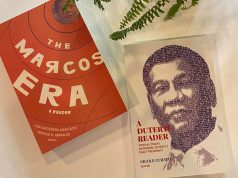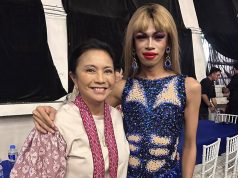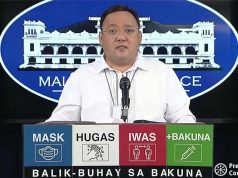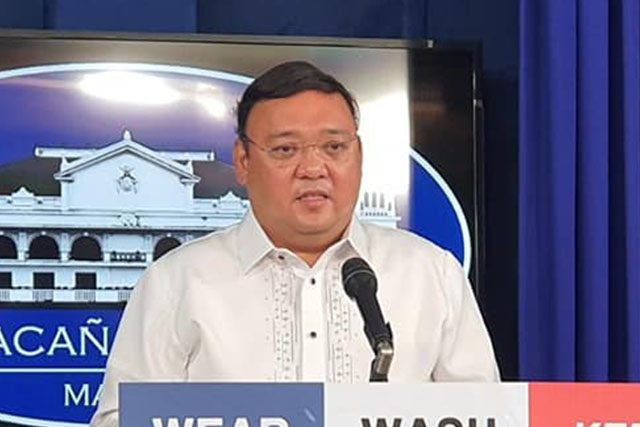
Presidential spokesperson Harry Roque said that “it wasn’t right” for people to ask about the chief executive’s whereabouts amid Typhoon Ulysses‘ onslaught despite the government’s constitutional duty “to serve and protect the people.”
The Palace official in a televised interview on Wednesday said that President Rodrigo Duterte “must have his reasons” for calling out Vice President Leni Robredo in his latest national address aired Tuesday night.
“I’m not sure if she said it but the President must have had a reason because he doesn’t want to quarrel with the VP (vice president),” Roque said to CNN Philippines, pertaining to the social media hashtag, “#NasaanAngPangulo,” that Duterte has insinuated Robredo of supposedly masterminding in the event of Ulysses’ onslaught.
The spokesperson was asked if Duterte could have been “misinformed” as the hashtag was organic in origin and transpired as a response of Filipinos clamoring for updates about the government’s response to the effects of the tropical cyclone, particularly rescue efforts.
“I’m not sure, I don’t know. It wasn’t right for anyone to ask #NasaanAngPangulo because I myself had a hard time monitoring both the ASEAN Summit and the typhoon,” Roque answered in the interview.
Duterte hits Robredo
Duterte in his recorded speech claimed that Robredo “practically lied” by supposedly misleading the public about his whereabouts when Ulysses unleashed its fury over parts of Luzon, including the National Capital Region.
“Alam mo ‘yung pakana niya na wala ako sa bagyo — I was here, dito. I was attending a summit — ASEAN Summit ‘yon,” he said.
“Kasagsagan ng bagyo dumaan diyan sa labas, nag-uusap kami dito. But right after, it was on the second day noong sinabi ko magdaan ‘yung ano, I will excuse myself from the signing of the documents for I have to make a survey sa damage,” Duterte added.
Duterte said he was delivering statements during the opening of the 37th Association of Southeast Asian Nations Summit.
“Ngayon kung sabihin mo may emergency, natutulog ako sa umaga, hindi ako natulog noon. Gising ako ng umaga because of the summit. At same time, I would go and whisper to the military guys in the room of how was it developing and what was the reaction of our government people there and the resources,” Duterte said.
He added that government resources have already been “deployed” prior and that orders were already given “two or three days” before Ulysses’ onslaught.
Robredo, meanwhile, offered for the public to “review” all of her tweets as she denied asking about Duterte’s whereabouts. Reports note that she also didn’t issue any statements about the subject matter in interviews.
RELATED: Robredo: Duterte given false info on #NasaanAngPangulo
The “#NasaanAngPangulo” trended on social media when Ulysses battered parts of Luzon and caused widespread flooding in the metro and other regions.
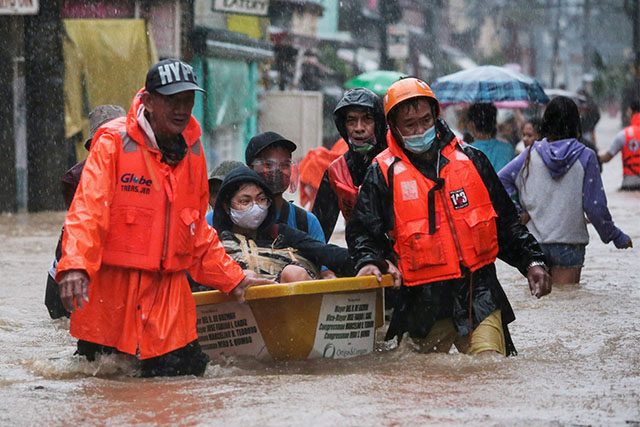
It remained in the local trending list of Twitter while Duterte virtually attended the ASEAN Summit and as Filipinos continuously clamored for his public presence following the typhoon’s onslaught.
The similar hashtag also trended during the onslaught of Super Typhoon Rolly when Duterte did not attend the first high-level briefing of public officials.
RELATED: ‘For accountability’: Critics rebut Duterte’s counter remarks vs #NasaanAngPangulo clamor
‘Accountability’
Roque’s recent remarks about the hashtag didn’t amuse some Filipinos who countered him about its essence.
Others brought up his activity on a Baguio restaurant while some of his fellow Filipinos were suffering from the effects of Ulysses.
“HA? EVER HEARD OF THE WORD ACCOUNTABILITY??” a Twitter user responded to Roque’s words that “it wasn’t right” for people to ask about Duterte’s whereabouts at the period of the certain natural disaster.
“It wasn’t right to demand accountability from the elected leader? Umayos ka, Harry!” another online user commented.
“Are you sure? Weren’t you busy ha, Baguio partying & singing to Eraserheads’ Pare Ko?” a different Twitter user commented to the Palace official’s interview.
RELATED: Roque slammed for jam session in wake of Ulysses
Another social media user pointed out that the “#NasaanAngPangulo” hashtag appeared before Duterte had assumed the presidency.
The hashtag was also used when Filipinos demanded for then-President Benigno Aquino III‘s public presence during the arrival of the fallen Philippine National Police-Special Action Force heroes in 2015 following the Mamasapano clash.
Aquino had opted to attend a car factory inauguration but it was revealed that he was not originally scheduled to attend the arrival honors.
Leaders’ role
The government, which is headed by a president, is constitutionally mandated “to serve and protect the people,” with public officials being democratically elected by the Filipinos themselves.
It is expected to oversee the “maintenance of peace and order, the protection of life, liberty and property, and the promotion of the general welfare” of the nation, according to Jesuit priest and noted constitutionalist Joaquin Bernas.
He added that the president, being the head of the state, is also expected to protect the Constitution which is the fundamental law of the nation.
Bernas quoted the Supreme Court which noted that the chief executive has “unstated residual powers” which include the government serving and protecting its constituents at all costs under his leadership.
Meanwhile, experts note that it is important for leaders to over-communicate in times of crises and to be “present” and “tangible.”
“What leaders really have to do in times of crisis is to over-communicate. People in times of crisis are afraid. They’re anxious, they feel fear, they need to be reassured. In these times, it is very important for the leader to be present, to be there, to be tangible,” Professor Katharina Balazs of ESCP Business School said in a video.
“And even though leaders themselves often don’t know what exactly is going on, they need to give us that much contextual information as possible to people. They need to address fears and anxieties and to prevent speculations and rumors, which very quickly come up when communication is not done,” she added.





